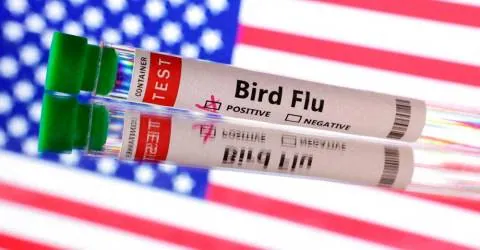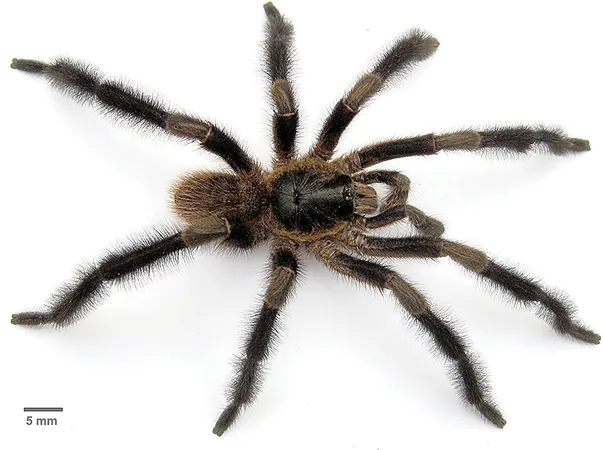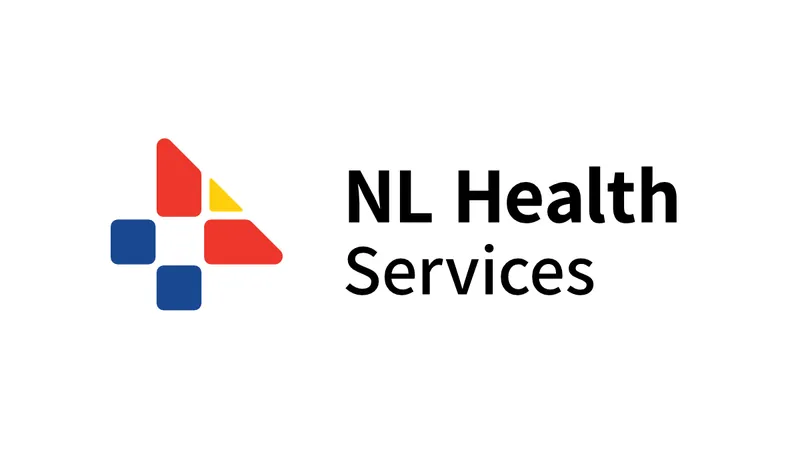
WHO Urges Urgent Action: Is H5N1 Bird Flu the Next Pandemic Threat?
2024-11-29
Author: Emily
In a critical announcement from the World Health Organization (WHO), officials are sounding the alarm over the need for enhanced surveillance regarding H5N1 bird flu in animals. The call for action comes amid growing concerns about the potential for the virus to spread among various species, including humans.
During an online press conference, WHO epidemiologist Maria Van Kerkhove emphasized the crucial need for global surveillance efforts. "What we really need globally, in the U.S. and abroad, is much stronger surveillance in animals, in wild birds, in poultry, in animals that are known to be susceptible to infection,” she stated. This plea for increased monitoring aims to curb the virus's spread and avert possible transmission to new species, which could heighten the risk of human infection.
The WHO is actively collaborating with partner agencies such as the World Organization for Animal Health and the Food and Agriculture Organization to bolster surveillance strategies worldwide. This initiative comes after the U.S. Department of Agriculture confirmed the presence of H5N1 in a pig on a backyard farm in Oregon—a significant development, as pigs can be co-infected with both avian and human viruses. This capacity allows for genetic reassortment, potentially creating a more virulent strain capable of more easily infecting humans.
Kerkhove reassured the public, saying that the global risk of avian influenza remains low at this time, but the organization is maintaining a “constant state of readiness.” She underscored the importance of vigilance, noting that it's not a question of 'if' but 'when' the situation may escalate.
While this year has seen 55 confirmed human cases of H5N1 bird flu in the United States, primarily affecting farm workers who had close contact with infected animals, there has yet to be any evidence of human-to-human transmission. Workers on dairy farms and those in the poultry industry remain at higher risk, prompting the need for protective measures and heightened awareness.
As the world watches developments closely, experts warn that comprehensive monitoring and preparedness are critical to prevent any possibility of H5N1 evolving into a more serious public health threat. The urgency for action is clear—are we prepared to face the next pandemic?









 Brasil (PT)
Brasil (PT)
 Canada (EN)
Canada (EN)
 Chile (ES)
Chile (ES)
 España (ES)
España (ES)
 France (FR)
France (FR)
 Hong Kong (EN)
Hong Kong (EN)
 Italia (IT)
Italia (IT)
 日本 (JA)
日本 (JA)
 Magyarország (HU)
Magyarország (HU)
 Norge (NO)
Norge (NO)
 Polska (PL)
Polska (PL)
 Schweiz (DE)
Schweiz (DE)
 Singapore (EN)
Singapore (EN)
 Sverige (SV)
Sverige (SV)
 Suomi (FI)
Suomi (FI)
 Türkiye (TR)
Türkiye (TR)